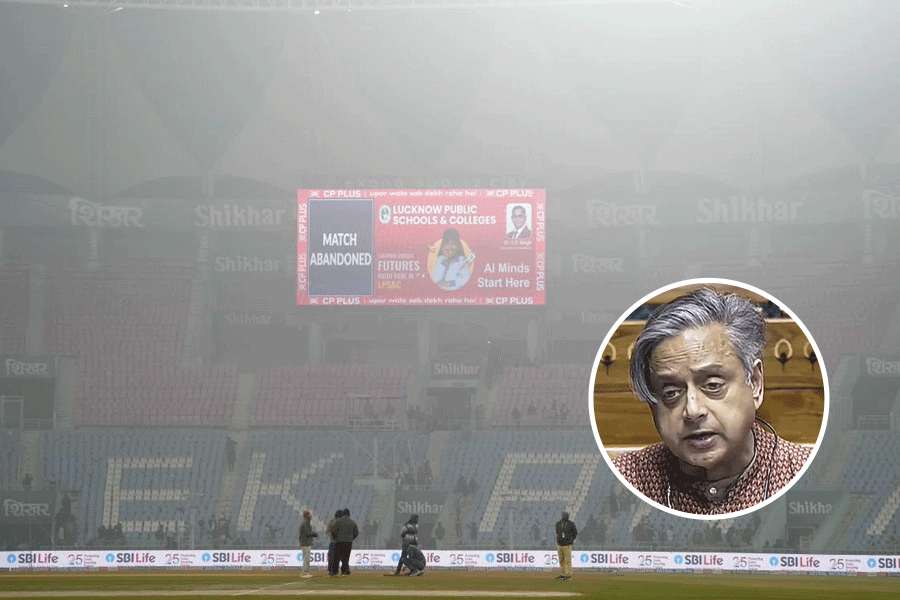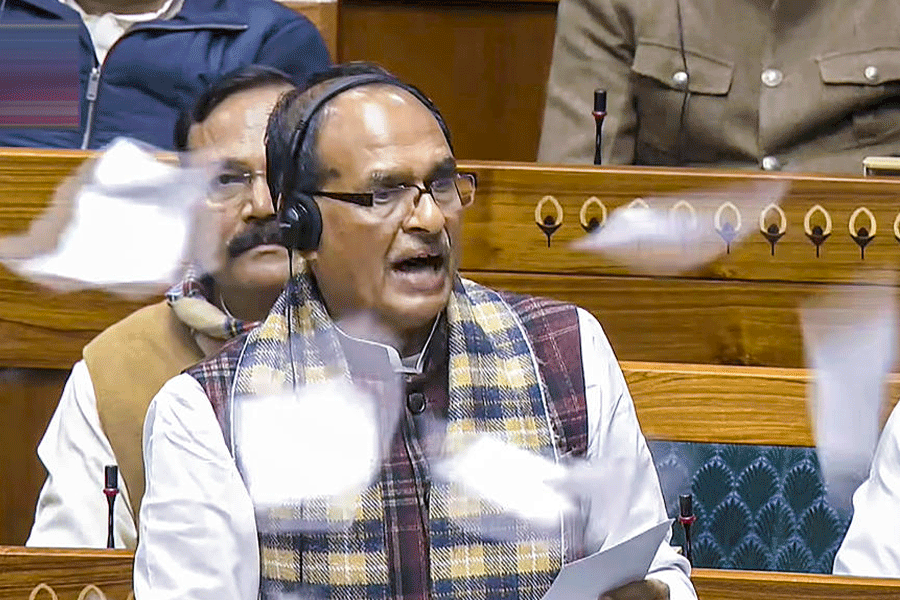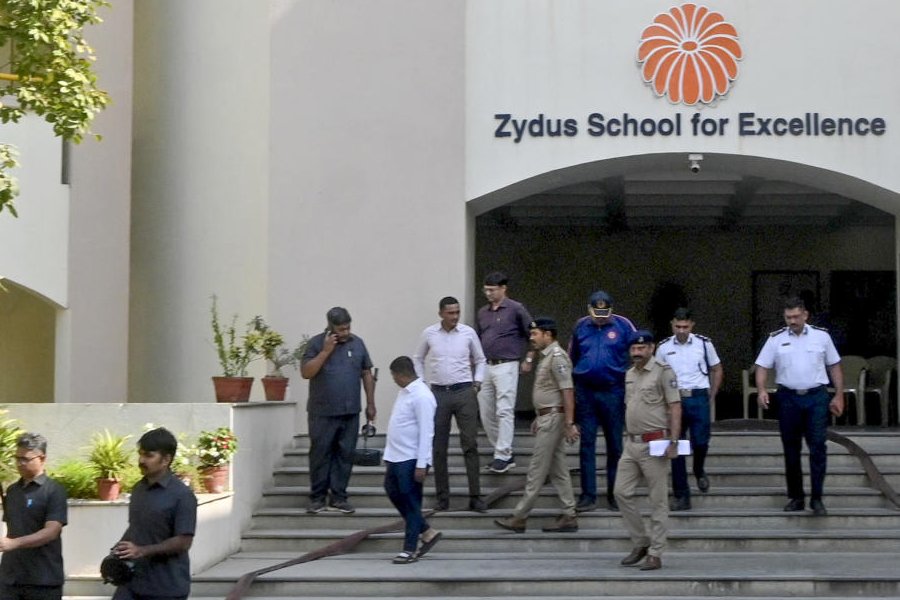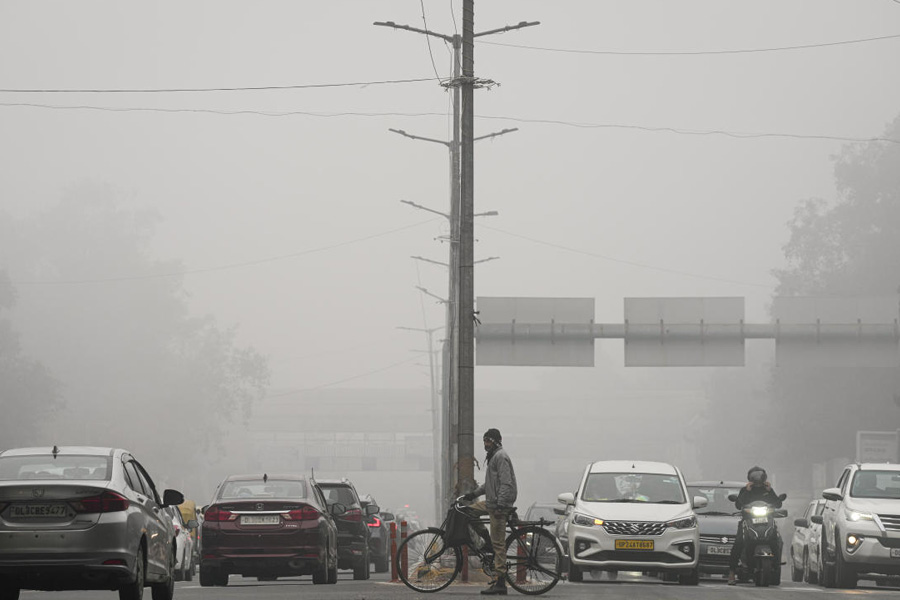 |
| Gibbon |
March 21: On World Water Day tomorrow, when UN experts will mull ways to save the world’s shrinking freshwater resources, animals in Gibbon wildlife sanctuary in Jorhat will wake up to another thirsty day.
Water sources inside the sanctuary, which is home to at least seven species of primates, are drying up, forcing animals to flee the park frequently in search of water.
At least three channels — Doria Ali Jan, Meleng Jan and Cheni Jan — the main sources of water for the denizens of the park, have dried up, with no rains for the past few months.
The three rain-fed channels are tributaries of the Bhugdoi river which flows from the neighbouring Nagaland hills.
A sanctuary official said animals, particularly deer and elephants, have been straying outside the park in search of water.
“We have alerted the forest guards to keep a strict vigil so that the animals remain safe,” the official said.
There is scarcity of water in three compartments of the 20 square km sanctuary.
“There is a small amount of water left in an artificial pond we constructed a few years back at the border of compartment numbers 4 and 5. But if there is no rain in the next few days, the remaining amount of water in the pond will also dry up. And if that happens, it will only compound the problems,” he said.
A Met department official said there is no possibility of heavy rain in the near future and the dry spell is likely to continue.
Almost every summer, water sources inside the sanctuary, located on the south bank of the Brahmaputra, dry up.
A few years back, a few deer that strayed out of the park were killed by tea garden labourers.
“The sanctuary is surrounded with tea gardens and villagers. Animals could come under attack when they stray out of the park in search of water,” the sanctuary official said.
Apart from seven species of primates — hoolock gibbon, capped langur, pig-tailed macaque, stump-tailed macaque, Assamese macaque, rhesus macaque and slow loris — the sanctuary also has several species of deer, leopards, elephants, snakes and birds.
On the north bank, Orang National Park, too, is facing a water crisis.
At least five water bodies at the Darrang park have dried up because of the ongoing dry spell, causing trouble for the smallest national park in the state.
Park director Sushil K. Daila said water has dried up not only in the water bodies but also in various parts of the Panchoi river which flows through the park.
“We are planning to dig up the water bodies which have dried up because of siltation,” Daila said.
Park authorities will also dig two large water bodies inside the park this year to help tide over this annual water problem.
“Money has already been sanctioned for digging the two water bodies. Work will begin soon,” he said.
Kaziranga National Park in Jorhat, however, has sufficient water fed by its numerous water bodies.
Divisional forest officer D.D. Gogoi said Kaziranga has more than 200 water bodies, some of which are perennial and are evenly distributed through the park.
“A few of the water bodies have dried up but there is sufficient water for the animals,” he said.
Gogoi, however, said lack of rain has affected growth of new grass, the favourite fodder for herbivorous animals.
Ranger of Pobitora Wildlife Sanctuary in Morigaon, Mukul Tamuly, said the situation was “manageable”, but could get worse it does not rain soon.
According to him, no new grass has grown in the sanctuary.
“Some of the water bodies are also drying up,” he said. “But we keep digging to get more water.”
Manas National Park, on the other hand, is blessed on the water count.
“We don’t have much concern in this matter because being at the foothills of the Bhutan Himalayas, the terai water is not so scarce,” A. Swargiary, field director, said.










